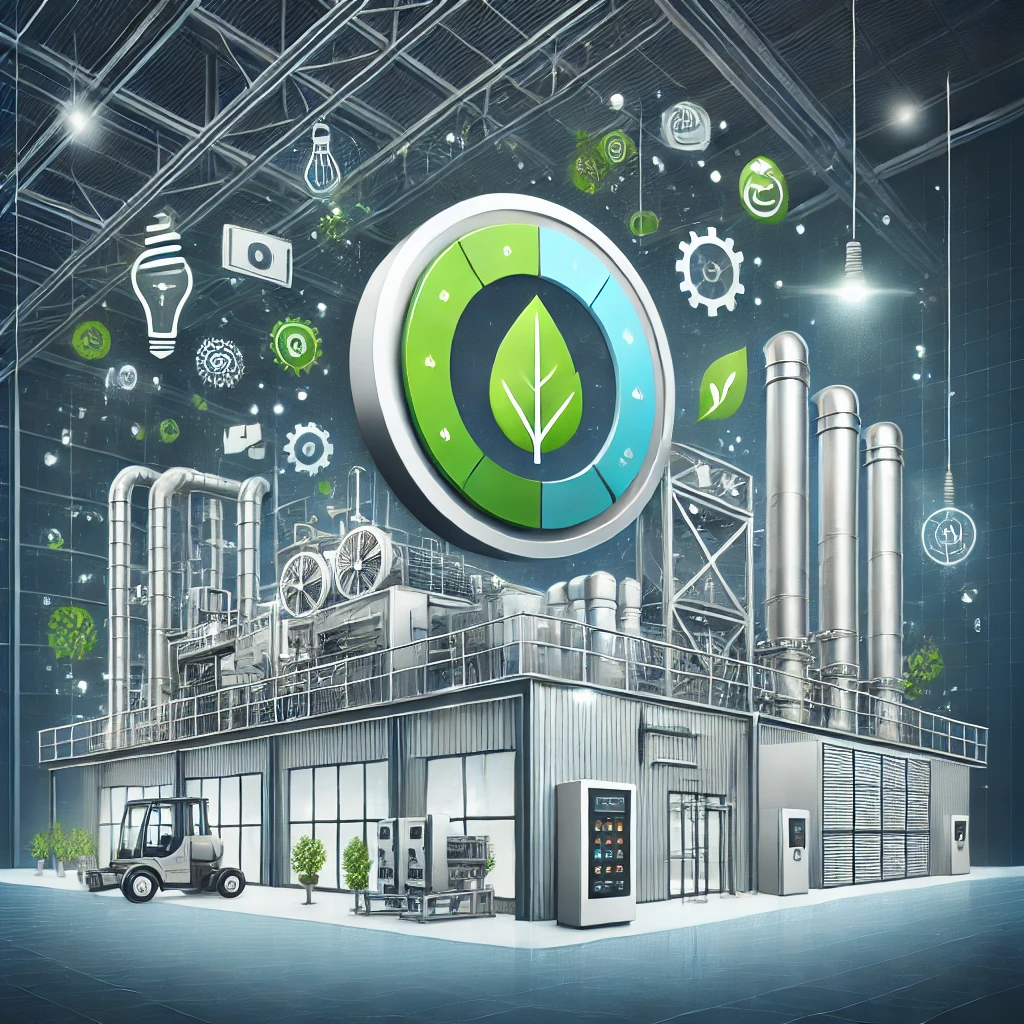
Investing in Energy Efficiency: A Guide to ROI for Industrial Facilities
In today's competitive market, industrial facilities are under increasing pressure to optimize operations, reduce costs, and minimize environmental impact. One of the most effective ways to achieve these goals is by investing in energy efficiency. But how do you ensure that these investments provide a solid return on investment (ROI)? This guide aims to help facility managers and decision-makers understand the financial and operational benefits of energy efficiency initiatives.
Why Energy Efficiency Matters
Economic Benefits
Cost Reduction: Energy-efficient technologies lower utility bills, directly impacting the bottom line.
Operational Efficiency: Improved processes can lead to increased productivity and reduced maintenance costs.
Environmental Impact
Carbon Footprint: Reducing energy consumption lowers greenhouse gas emissions.
Regulatory Compliance: Meeting or exceeding environmental regulations can avoid fines and improve public image.
Competitive Advantage
Improve Brand Image: Companies committed to sustainability often enjoy a better reputation.
Customer Preference: More clients are choosing to do business with environmentally responsible companies.
Understanding ROI in Energy Efficiency
Calculating ROI for energy efficiency projects involves more than just comparing initial costs to energy savings. Consider the following factors:
Initial Investment: Upfront costs for equipment and installation.
Energy Savings: Reduction in utility bills over time.
Maintenance Costs: Changes in ongoing maintenance expenses.
Incentives and Rebates: Financial incentives from governments or utilities.
Tax Benefits: Deductions or credits for energy-efficient investments.
Lifecycle Analysis: Total cost of ownership over the equipment's lifespan.
Key Energy Efficiency Measures
Lighting Upgrades
LED Lighting: Replacing incandescent or fluorescent bulbs with LEDs can reduce lighting energy use by up to 75%.
Smart Lighting Controls: Implementing motion sensors and timers to ensure lights are used only when needed.
HVAC Improvements
High-Efficiency Systems: Upgrading to energy-efficient heating and cooling systems.
Regular Maintenance: Ensuring systems operate at peak efficiency through routine checks.
Variable Speed Drives: Installing drives to match motor speed with load requirements.
Process Optimization
Automation: Utilizing automated controls to optimize production processes.
Waste Heat Recovery: Capturing and reusing waste heat from industrial processes.
Compressed Air Systems: Fixing leaks and optimizing pressure settings.
Building Envelope Enhancements
Insulation: Improving insulation in walls, roofs, and floors.
High-Efficiency Windows: Installing windows that reduce heat loss or gain.
Air Sealing: Reducing drafts to maintain consistent indoor temperatures.
Steps to Evaluate ROI
Conduct an Energy Audit
Identify areas with the highest energy consumption.
Assess the efficiency of existing equipment and processes.
Set Clear Goals
Define what you aim to achieve (e.g., 20% reduction in energy use).
Analyze Costs and Savings
Estimate the total project cost, including installation and maintenance.
Calculate expected energy savings and operational benefits.
Consider Financial Incentives
Research available rebates, grants, or tax credits.
Incorporate these into your ROI calculations.
Perform a Financial Analysis
Use metrics like payback period, net present value (NPV), and internal rate of return (IRR).
Factor in energy price projections and equipment lifespan.
Make an Informed Decision
Review the analysis with stakeholders.
Prioritize projects with the highest ROI and strategic value.
Key Takeaways
Comprehensive Approach: Addressing multiple areas led to significant savings.
Financial Incentives: Rebates reduced the initial investment.
Long-Term Benefits: Continued savings and improved operational efficiency.
Funding Options and Incentives
Utility Rebates: Many utilities offer rebates for energy-efficient equipment.
Government Grants: Federal and state programs may provide funding.
Tax Incentives: Deductions or credits for qualifying projects.
Energy Performance Contracts: Third-party companies finance the improvements, paid back through energy savings.
Conclusion
Investing in energy efficiency is not just an environmental decision but a strategic financial move that can yield significant returns. By understanding the components of ROI and carefully evaluating potential projects, industrial facilities can make informed decisions that benefit both the bottom line and the planet.
For more information on energy efficiency solutions tailored to your facility, contact us at Revma Energy Solutions.

